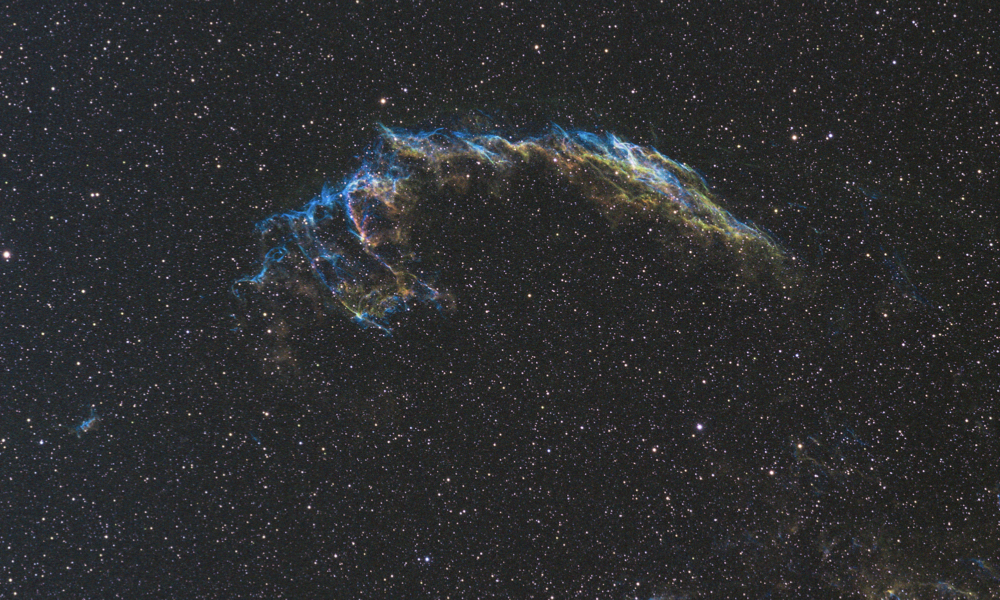
ESA Open Invitation to Tender AO10155
Open Date: 17/02/2020
Closing Date: 14/04/2020 13:00:00
Status: ISSUED
Reference Nr.: 19.123.27
Prog. Ref.: Technology Developme
Budget Ref.: E/0901-01 – Technology Developme
Special Prov.: BE+DK+FR+DE+IT+NL+ES+SE+CH+GB+IE+AT+NO+FI+PT+GR+LU+CZ+RO+PL+EE+HU
Tender Type: C
Price Range: 200-500 KEURO
Products: Satellites & Probes / Propulsion / Electric Propulsion ¿ BB / Flow control and distribution devices (Fuel decent valves, pyro-valves, high and low pressure transducers, tubing, brackets, …)
Technology Domains: Propulsion / Advanced Propulsion / New Concepts
Establishment: ESTEC
Directorate: Directorate of Tech, Eng. & Quality
Department: Mechanical Department
Division: Propulsion & Aerothermodynamics Division
Contract Officer: Courtois, Sandy
Industrial Policy Measure: C1 – Activities in open competition limited to the non-Larg…
Last Update Date: 17/02/2020
Update Reason: Tender issue
Novel reusable launch system engine architectures based on compact lightweight microchannel heat exchangers (MCHX) are currently being developed (SABRE). MCHX benefit from a drastically increased surface to volume ratio to minimise the temperature jump across the streams and hence reduce the thermodynamic losses to a minimum. At the same time, the flow is maintained in the laminar regime to limit the mechanical losses due to viscous dissipation. Thus, the thermal performance and the pressure losses play a competing role.The available literature on MCHX reports an increase of Nusselt number of one order of magnitude when not-straight channels are used. One of the key objectives is therefore to explore different channel geometries in order to increase the heat transfer performance and hence reduce the needed matrix volume and weight, while limiting the pressure losses to a minimum value. Achieving flight-weight high-performance microchannel heat exchangers is an enabling technology for reusable launch system engines.The vaporisation of the coolant fluid poses an additional challenge in MCHX, especially during start-up transients when the flow capacity of the matrix is reduced. Bubble formation can affect channel start-up and flow uniformity across the matrix and shall be addressed. Numerical simulations are envisaged to identify the driving phenomena and support the design of experiments that guarantee appropriate similarity conditions (e.g. Working fluid) to the rocket engine. Once available, the experimental results will validate the numerical models. It is envisaged to carry out breadboard testing at the same channel length scales as envisioned for the engine components.This activity encompasses the following tasks:- Numerical evaluation of the thermo-fluid dynamics that characterise the MCHX physics.- Breadboard experimentation and validation of the numerical models.To increase by an order of magnitude the microchannel heat exchangers thermal performance in order to realise flight-weight heat exchangers.Procurement Policy: C(1) = Activity restricted to non-prime contractors (incl. SMEs). For additional information please go to EMITS news “Industrial Policy measures for non-primes, SMEs and RD entities in ESA programmes”.
If you wish to access the documents related to the Invitation to Tender, you have to log in to the ESA Portal.
